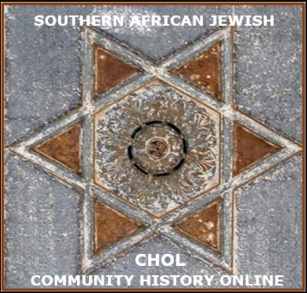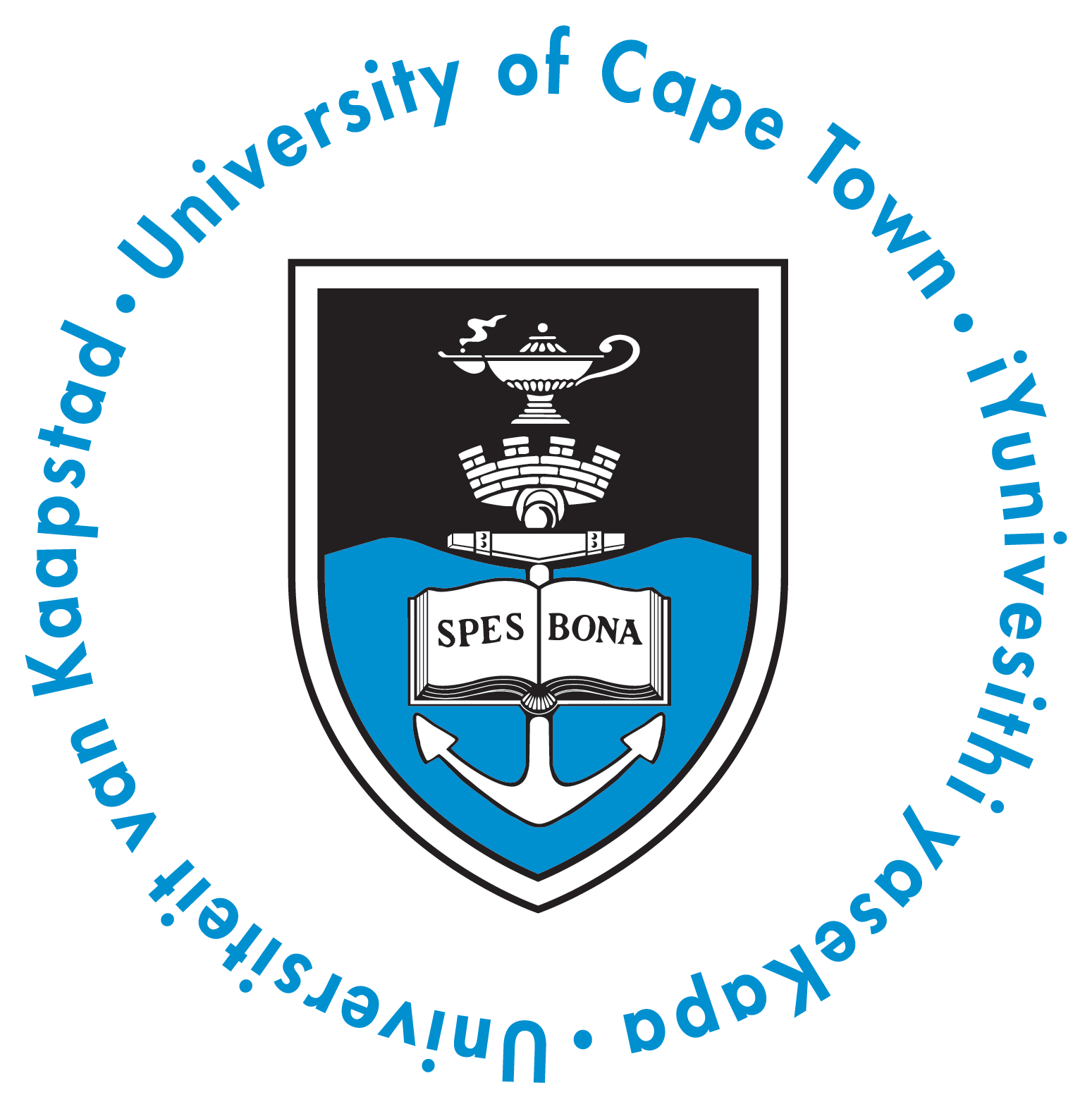Roodepoort Jewish Community Timeline
1900s: With the rapid development of the mining town of Roodepoort at the beginning of the 20th century several Jewish families settled in the area, contributing greatly to the commerce of the town. (Click here to read a history of the town)
1904: The Jewish Community was established in 1904, with Charles Tannenbaum and Avraham Boner on the committee. Services were held at the home of Charles Tannenbaum.
1905: Following the success of the members of the community it was decided to build a synagogue. The foundation stone was laid in 1905, by G. Frankel. Mr Frankel and a Mr Seehoff owned a large business, dealing in groceries and fresh produce, which was situated in the centre of Roodepoort.

Foundation stone of Roodepoort Synagogue
1910s: With the opening of the synagogue, the community expanded, and a rabbi was employed. Services were conducted at the synagogue on Shabbat and on the various festivals. The rabbi also provided services of shochet and taught cheder classes for the children of the community.
1914: At the outbreak of the Great War in 1914, Frankel and Seehoff's business was set alight by arsonists who were incensed at the sinking of a passenger ship by the German navy. Although they were Jews, born in Germany they were looked on as Germans and thus subjected to the anti-German sentiment. They then moved their business to Johannesburg and continued to work there until the early 1960s. The original foundation stone was made of soft sandstone and later replaced by a granite stone bearing the original inscription.
1939-1945: During the Second World War a number of members of the Jewish community were enlisted, serving in North Africa and Italy. The congregation continued to function during the war.
1945: After the end of World War II and the return of the enlisted men the congregation expanded and it was decided to build a community hall. This was to be named after Morris Hockman, who had been chairman and supporter of the community for many years. The community was very active with regular services, several children attending the cheder classes and youth movement activities, such as Habonim.
1948: Roodepoort was struck by a tornado which caused widespread destruction within the town. With the establishment of the state of Israel in 1948 meetings were held regularly supporting the state and to collect money to help the state.
1949: The Morris Hockman Community Hall was completed and included a classroom for cheder lessons and a large hall. The hall then became the centre of activities of the community.
From the 1950s, many members of the community left the town, most moving to the big city Johannesburg with all its facilities, mainly Jewish day schools, a university and several large Jewish communities.
In the 1960s it was decided to amalgamate the communities of Roodepoort and Florida, forming the Roodepoort-Florida Jewish Congregation. The Florida congregation had been a small congregation, with a small synagogue in Maraisburg. Several members of the Florida congregation described the Maraisburg Synagogue as being an intimate site of prayer with a closely knit congregation. The amalgamation of the two congregations provided new life for the congregation.
1975: the congregation celebrated 70 years of the congregation. Several new functions were added to the congregation with a nursery school and various social activities, including an active women's committee.
By 2000: In spite of the increase in activities of the congregation, families continued to leave the area and to move mostly to Johannesburg with all the educational facilities. It was thus that in the early 2000s it was decided to dissolve the community. All assets were sold, and the money was devoted to Jewish education. One Sefer Torah was donated to a congregation in Australia.

Thus after 100 years the previously strong Jewish congregation in Roodepoort came to an end. The buildings of the synagogue (above left) and Morris Hockman Communal Hall (right) are still standing but have no connection with the former Jewish residents of Roodepoort.
See also the articles:
- History of Roodepoort, compiled by Geraldine Auerbach
- Roodepoort Tornado, compiled by Geraldine Auerbach from recollections by Geoff Boner et al.



